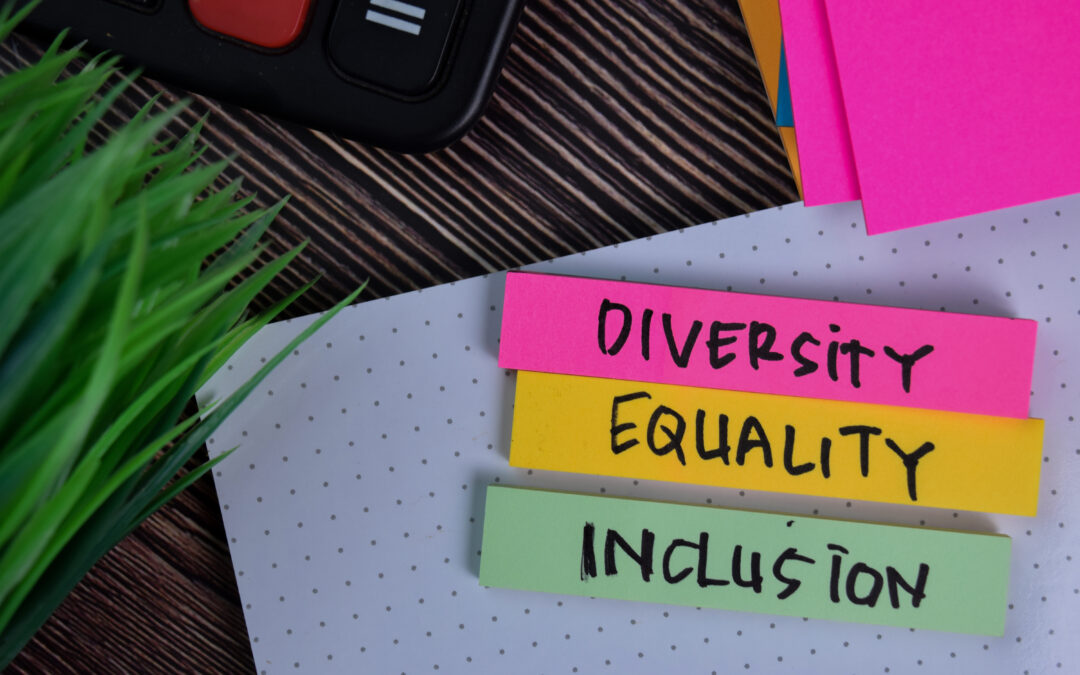A Decade of the Equality Act 2010
I recently read an article in the Gazette which questioned the success of the Equality Act 2010, ten years after its implementation.
The Act brought together nine pieces of discrimination legislation together into one place with the purpose of elevating the rights of anyone who had one or more of the protected characteristics listed (age, disability, gender reassignment, marriage ad civil partnership, pregnancy and maternity, race, religion or belief, sex and sexual orientation).
Having lived with the Act for a decade, opinion remains divided as to whether the Act has achieved its purposes and whether it goes far enough.
Critics question whether it has achieved its aim to protect against discrimination as the legislation comes up against the following complications:
1) Implementation – some of the Acts provisions (including section 1) remain unimplemented by successive governments;
2) Access to justice – those who cannot afford to fund a claim are barred from gaining access to justice. Whilst Tribunal fees were abolished in 2017, unless a Claimant has legal expense insurance, it may be difficult for them to secure representation. Access to public funding is a major barrier to pursuing a discrimination claim. No legal aid is available unless the claim is pursued in the County Court and even then, a 2019 EHRC enquiry found that only 1 in 200 discrimination cases pursued in the courts received legal aid funding between 2013 and 2018.
3) Complex litigation process – many Claimants who experience discrimination are vulnerable and as the litigation process is difficult for them to navigate by themselves, where there is no representation available, the challenging process can prevent them from pursuing the claim.
4) Short time limits- the current time limit to lodge a discrimination claim is three months less 1 day since the last act of discrimination. As in many cases Claimants are traumatised by the discriminatory treatment they have experienced, they are not in a position to commence litigation within such a short timeframe. As a result, there have been calls for the time limit to be extended to 6 months.
5) Lack of use of enforcement powers – It has been suggested that the Equality and Human Rights Commission (EHRC) should be utilising more of its enforcement powers. These extend beyond formal investigations of discriminatory treatment to powers to apply to a Court for an injunction and to enter into formal legally binding agreements on actions that a private or public body will take.
6) The legislation is framed towards individuals bringing claims. It is considered by some that discrimination issues need to be dealt with by primary legislation, similar to breaches of health and safety legislation, whereby the government can prosecute an employer rather than leaving it to an individual Claimant.
The current Government has promised to strengthen the rights given under the Equality Act Post-Brexit. Critics of the Equality Act have however suggested that the 10 year anniversary is the appropriate time to demand improvements to the legislation.

